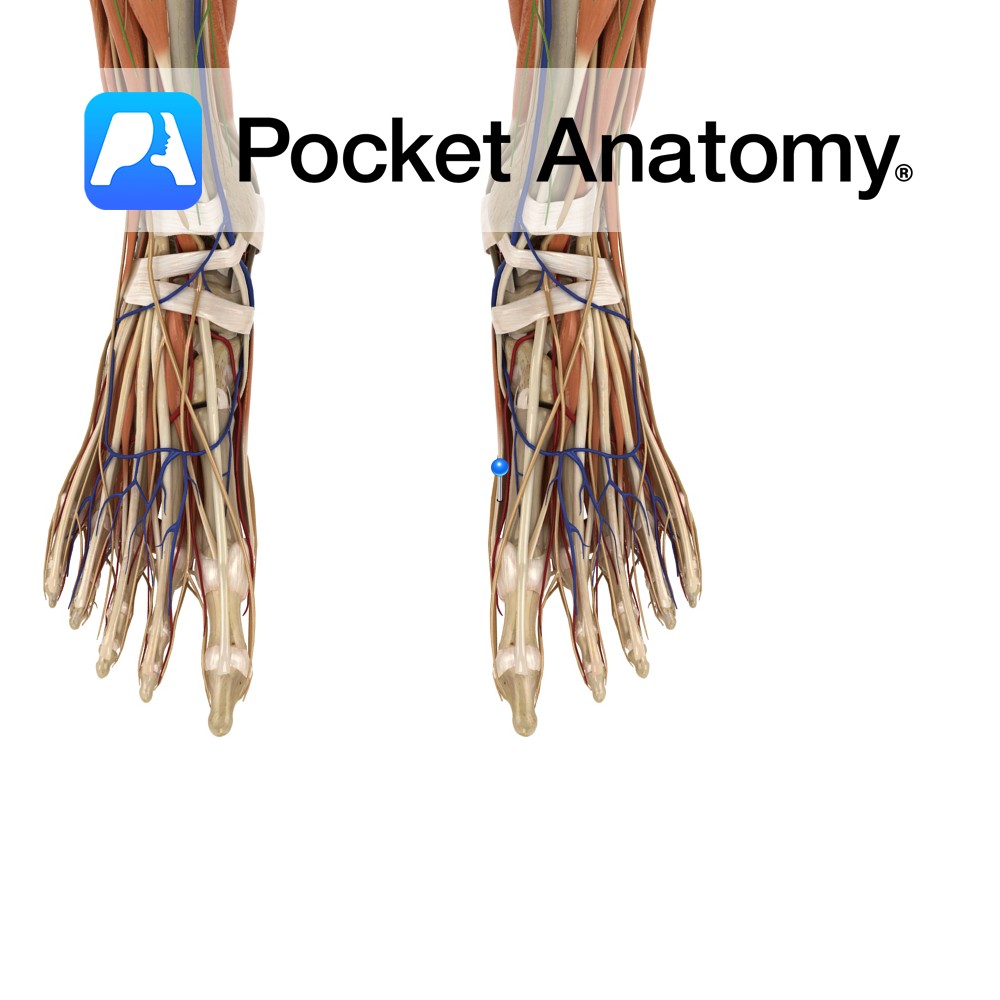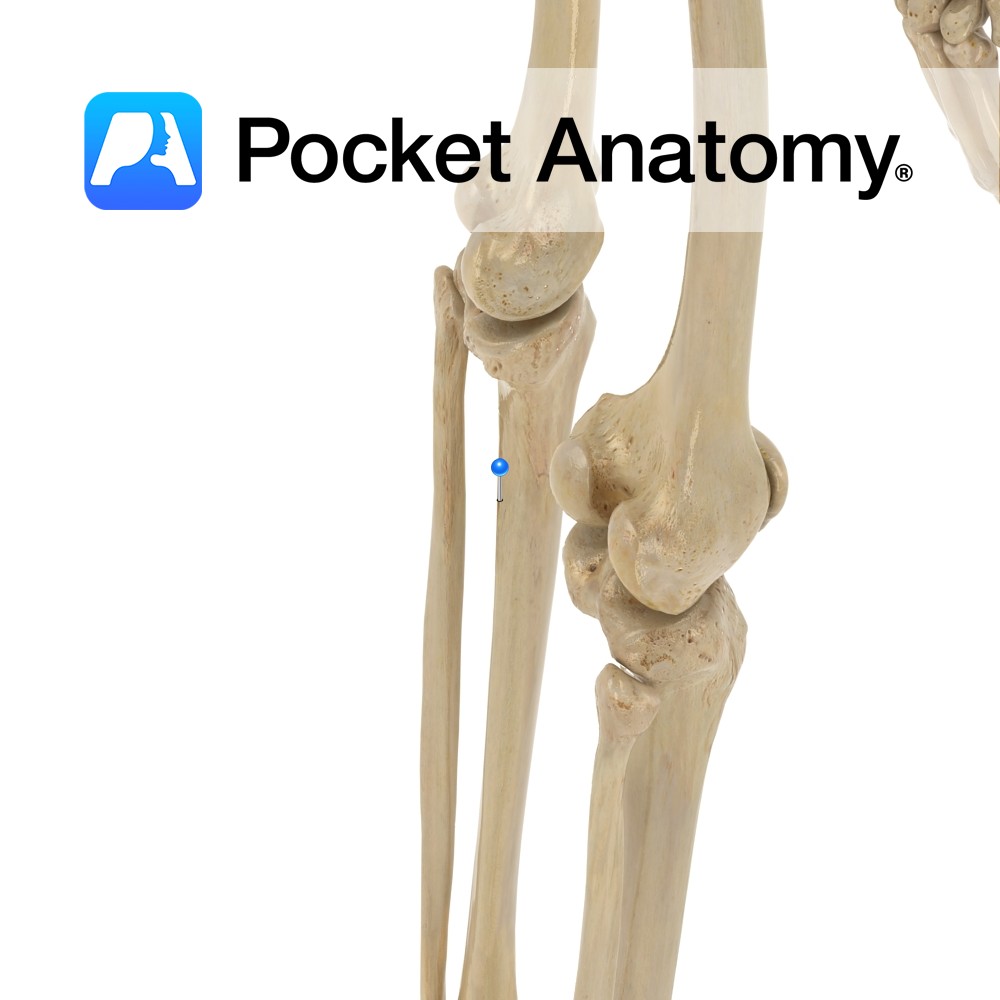Anatomy
6″ long pennant-shaped gland/organ, transverse on back wall left hypochondriac and epigastric regions of abdomen, retroperitoneal except for tail. Head nestles in curve of duodenum, tail sits front of spleen, neck (slight narrowing) and body behind stomach.
Two types of parenchymal (characteristic) tissue; clusters (about a million) of Islets of Langerhans associated with rich capillary network (endocrine, secreting glucose-regulating hormones into blood stream), and acini (berry-like clusters) associated with a system of ducts (exocrine, secreting digestive enzymes via progression of ducts, into duodenum).
Pancreatic and common bile ducts join at Ampulla of Vater (foregut-midgut boundary), projecting and opening (sphincter-controlled) into duodenum.
Clinical
Endocrine and exocrine functions. Islet α cells (endocrine) secrete glucagon hormone, β insulin, δ somatostatin, γ pancreatic polypeptide. Auto-immune destruction of β-cells (usually in childhood) results in type I (insulin-dependent) diabetes mellitus (DM) requiring dietary control and daily injections.
Insulin resistance (in adulthood and increasingly seen in childhood, associated with obesity) leads to type II DM, initially non-insulin-dependent and amenable to dietary measures and oral medication stimulating β-cells.
Acinar cells (exocrine) secrete bicarbonate (alkaline, neutralises stomach acid) and enzymes (activated in duodenum, else autodegradation and risk pancreatitis) to aid digestion of fats (lipases), proteins (proteases – mainly trypsinogen, chymotrypsinogen),
carbohydrates (amylase).
Vignette
Pancreatitis brought about by enzyme activation within pancreas (ordinarily enzymes course through pancreas as pre-cursors, with activation in duodenum), primarily of trypsin.
Symptoms (what patient complains of) and signs (what can be clinically noted) include; severe upper abdominal and back pain, food intolerance, nausea/vomiting, high respiratory/heart rates, high temperature, internal bleeding, dehydration, jaundice.
Can be acute or chronic; causes include gallstones, alcohol, medications (such as corticosteroids), trauma, infection (such as mumps). Chronic can lead to DM, pancreatic cancer (6% overall 5-year survival rate).
Interested in taking our award-winning Pocket Anatomy app for a test drive?



-%5Bfalse-rib%5D.jpg)

